Related Research Articles
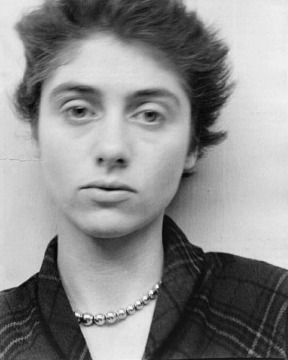
Diane Arbus was an American photographer. She photographed a wide range of subjects including strippers, carnival performers, nudists, people with dwarfism, children, mothers, couples, elderly people, and middle-class families. She photographed her subjects in familiar settings: their homes, on the street, in the workplace, in the park. "She is noted for expanding notions of acceptable subject matter and violates canons of the appropriate distance between photographer and subject. By befriending, not objectifying her subjects, she was able to capture in her work a rare psychological intensity." In his 2003 New York Times Magazine article, "Arbus Reconsidered", Arthur Lubow states, "She was fascinated by people who were visibly creating their own identities—cross-dressers, nudists, sideshow performers, tattooed men, the nouveaux riches, the movie-star fans—and by those who were trapped in a uniform that no longer provided any security or comfort." Michael Kimmelman writes in his review of the exhibition Diane Arbus Revelations, that her work "transformed the art of photography ". Arbus's imagery helped to normalize marginalized groups and highlight the importance of proper representation of all people.

Richard Avedon was an American fashion and portrait photographer. He worked for Harper's Bazaar, Vogue and Elle specializing in capturing movement in still pictures of fashion, theater and dance. An obituary published in The New York Times said that "his fashion and portrait photographs helped define America's image of style, beauty and culture for the last half-century".
Robert Adams is an American photographer who has focused on the changing landscape of the American West. His work first came to prominence in the mid-1970s through his book The New West (1974) and his participation in the exhibition New Topographics: Photographs of a Man-Altered Landscape in 1975. He has received two Guggenheim Fellowships, a MacArthur Fellowship, the Deutsche Börse Photography Prize and the Hasselblad Award.
Lee Friedlander is an American photographer and artist. In the 1960s and 1970s, Friedlander evolved an influential and often imitated visual language of urban "social landscape," with many of his photographs including fragments of store-front reflections, structures framed by fences, posters and street signs. His work is characterized by its innovative use of framing and reflection, often using the natural environment or architectural elements to frame his subjects. Over the course of his career, Friedlander has been the recipient of numerous awards and his work has been exhibited in major museums and galleries worldwide.
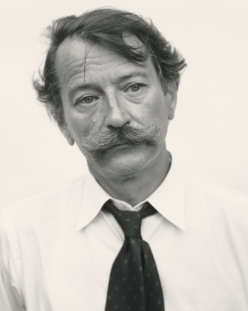
Thaddeus John Szarkowski was an American photographer, curator, historian, and critic. From 1962 to 1991 Szarkowski was the director of photography at New York's Museum of Modern Art (MoMA).
Doon Arbus is an American writer and journalist. Her debut novel is The Caretaker. Her play, Third Floor, Second Door on the Right, was produced at the Cherry Lane Theatre by the 2003 New York International Fringe Festival.

Stephen Shore is an American photographer known for his images of scenes and objects of the banal, and for his pioneering use of color in art photography. His books include Uncommon Places (1982) and American Surfaces (1999), photographs that he took on cross-country road trips in the 1970s.
Amy Arbus is an American photographer. She teaches portraiture at the International Center of Photography, Anderson Ranch, NORD photography and the Fine Arts Work Center. She has published several books of photography, including The Fourth Wall which The New Yorker called her "masterpiece". Her work has appeared in over 100 periodicals including The New Yorker, Vanity Fair, Rolling Stone, Architectural Digest, and The New York Times Magazine. She is the daughter of actor Allan Arbus and photographer Diane Arbus, the sister of writer and journalist Doon Arbus, and the niece of distinguished poet Howard Nemerov.
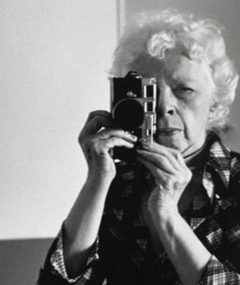
Lisette Model was an Austrian-born American photographer primarily known for the frank humanism of her street photography.
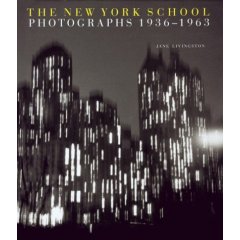
Ted Croner was an American photographer, described as an influential member of the New York school of photography during the 1940s and 1950s. His images are said to represent the best example of this movement.

Identical Twins, Roselle, New Jersey, 1967 is a noted photograph by photographer Diane Arbus from the United States.
Katy Grannan is an American photographer and filmmaker. She made the feature-length film, The Nine. Her work is held in the collections of the Metropolitan Museum of Art, Museum of Modern Art, Solomon R. Guggenheim Museum, and Whitney Museum of American Art.
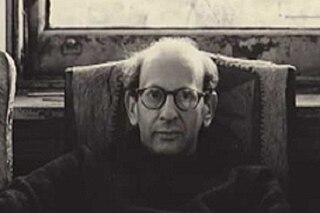
Marvin Israel was an American artist, photographer, painter, teacher and art director from New York City known for modern/surreal interiors, abstract imagery. Israel created sinister shadowy and exuberant interiors with implications of violence that were often sexual in nature.
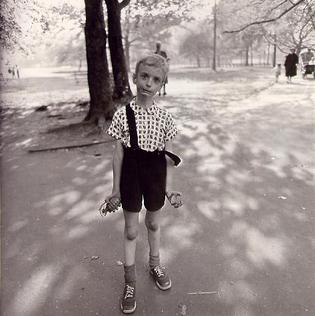
Child with Toy Hand Grenade in Central Park, N.Y.C. 1962 (1962) is a famous black and white photograph by Diane Arbus.

Nude photography is the creation of any photograph which contains an image of a nude or semi-nude person, or an image suggestive of nudity. Nude photography is undertaken for a variety of purposes, including educational uses, commercial applications and artistic creations.

Bill Dane is a North American street photographer. Dane pioneered a way to subsidize his public by using photographic postcards. He has mailed over 50,000 of his pictures as photo-postcards since 1969. As of 2007, Dane's method for making his photographs available shifted from mailing photo-postcards to offering his entire body of work on the internet.

John P. Jacob is an American curator. He grew up in Italy and Venezuela, graduated from the Collegiate School (1975) in New York City, and studied at the University of Chicago before earning a BA in human ecology from the College of the Atlantic (1981) and an MA in art history from Indiana University (1994).
Yolanda Cuomo is an American artist, educator, and art director known for her collaborations and intuitive design work with visual and performing artists, including Richard Avedon, the estate of Diane Arbus, Paul Simon, Laurie Anderson, Twyla Tharp, Laurie Simmons, Donna Ferrato, Larry Fink, Philip-Lorca diCorcia, Sylvia Plachy, Gilles Peress, John Cohen, Paolo Pellegrin, Peter van Agtmael, Andrew Moore, and the estate of Al Taylor. Since the mid-1980s Cuomo has often collaborated on books and exhibitions with the Magnum Photos agency and Aperture.

Fraenkel Gallery is a contemporary art gallery in San Francisco founded by Jeffrey Fraenkel in 1979. Daphne Palmer is president of the gallery.
Sandra S. "Sandy" Phillips is an American writer, and curator working in the field of photography. She is the Curator Emeritus of Photography at the San Francisco Museum of Modern Art. She joined the museum as curator of photography in 1987 and was promoted to senior curator of photography in 1999 in acknowledgement of her considerable contributions to SFMOMA. A photographic historian and former curator at the Vassar College Art Gallery in Poughkeepsie, N.Y., Phillips succeeded Van Deren Coke as head of one of the country’s most active departments of photography. Phillips stepped down from her full time position in 2016.
References
- ↑ Avedon, Elizabeth (18 March 2015). "Neil Selkirk Talks To Elizabeth Avedon". L'Oeil de la Photographie. Archived from the original on 11 June 2015. Retrieved 10 June 2015.
- ↑ Van Riper, Frank. "Talking Photography". Washington Post. Archived from the original on 14 August 2015. Retrieved 26 February 2015.
- ↑ "Minneapolis Institute of Art exhibition poster of 3 Photographers, 3 Portfolios". Archived from the original on 15 June 2015. Retrieved 10 June 2015.
- ↑ "The Metropolitan Museum of Art press release on Diane Arbus Revelations". Archived from the original on 27 February 2015. Retrieved 26 February 2015.
- ↑ ""In the Darkroom" by Neil Selkirk, an essay in Diane Arbus Revelations" (PDF). Archived (PDF) from the original on 27 February 2015. Retrieved 26 February 2015.
- ↑ Fraenkel, Jeffrey. "Notes on Arbus Estate Prints". iPhoto Newsletter. Archived from the original on 27 February 2015. Retrieved 26 February 2015.
- ↑ "Neil Selkirk interview with Kurt Andersen". Archived from the original on 27 February 2015. Retrieved 26 February 2015.
- ↑ "Who Is Marvin Israel trailer". YouTube. Archived from the original on 29 April 2016. Retrieved 26 February 2015.
- ↑ "Howard Greenberg Gallery Artist Page for Neil Selkirk". Archived from the original on 16 March 2014. Retrieved 6 March 2015.
- ↑ Kurcfeld, Michael. "Photographer Spotlight: Neil Selkirk". Los Angeles Review of Books. Archived from the original on 8 April 2015.
- ↑ Kurcfeld, Michael. "Photographer Spotlight: Neil Selkirk". YouTube. Los Angeles Review of Books. Archived from the original on 10 March 2016. Retrieved 10 June 2015.